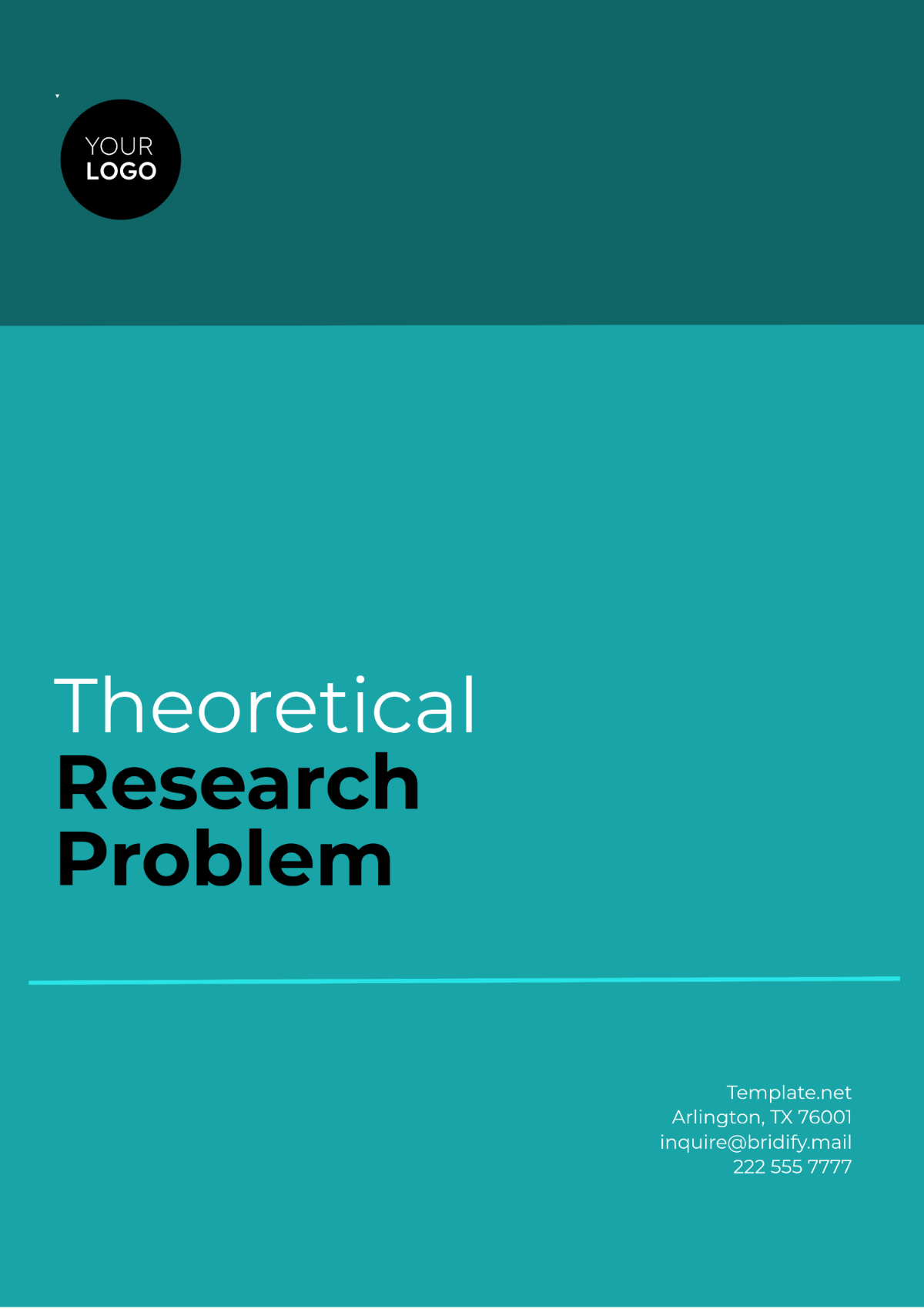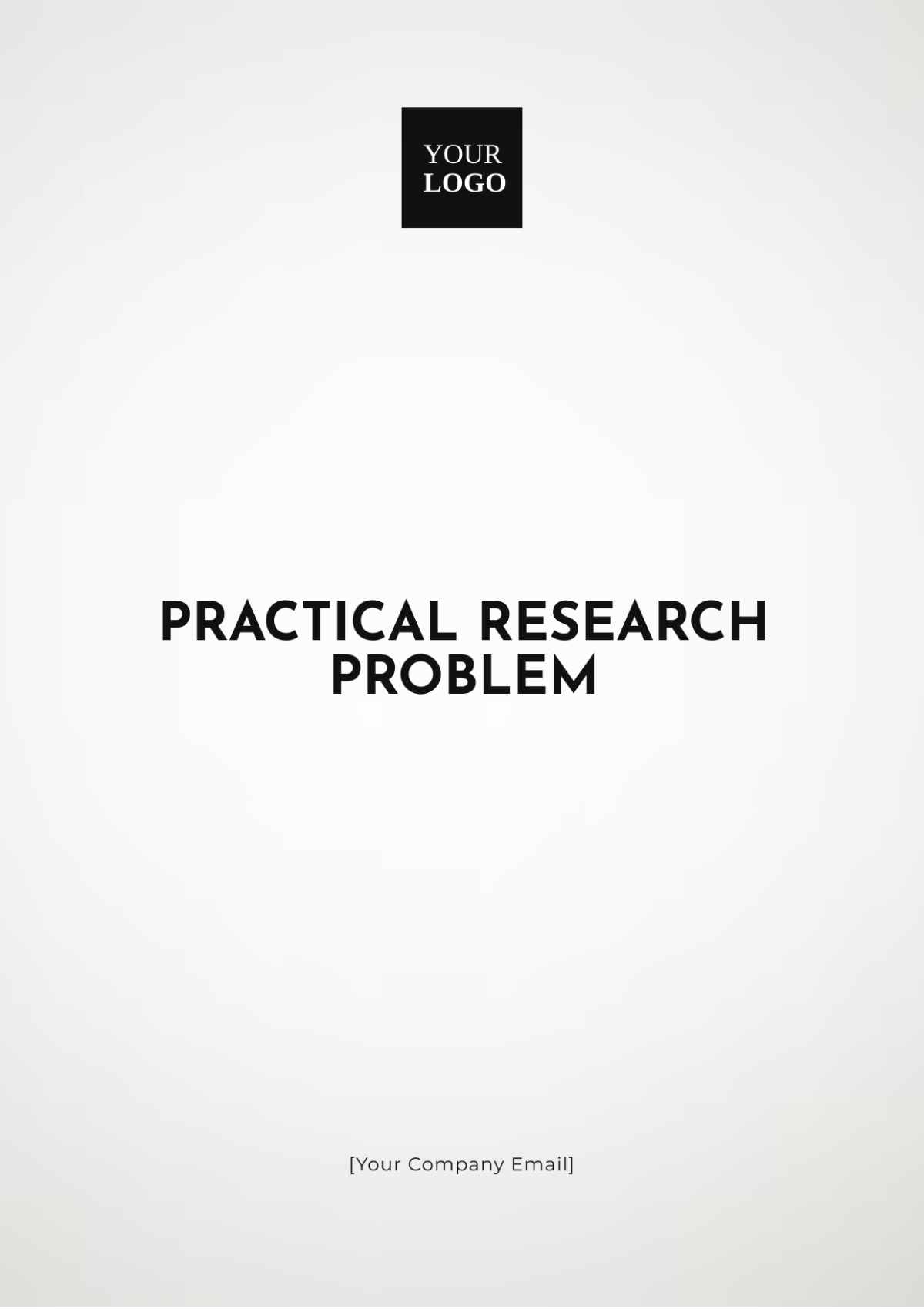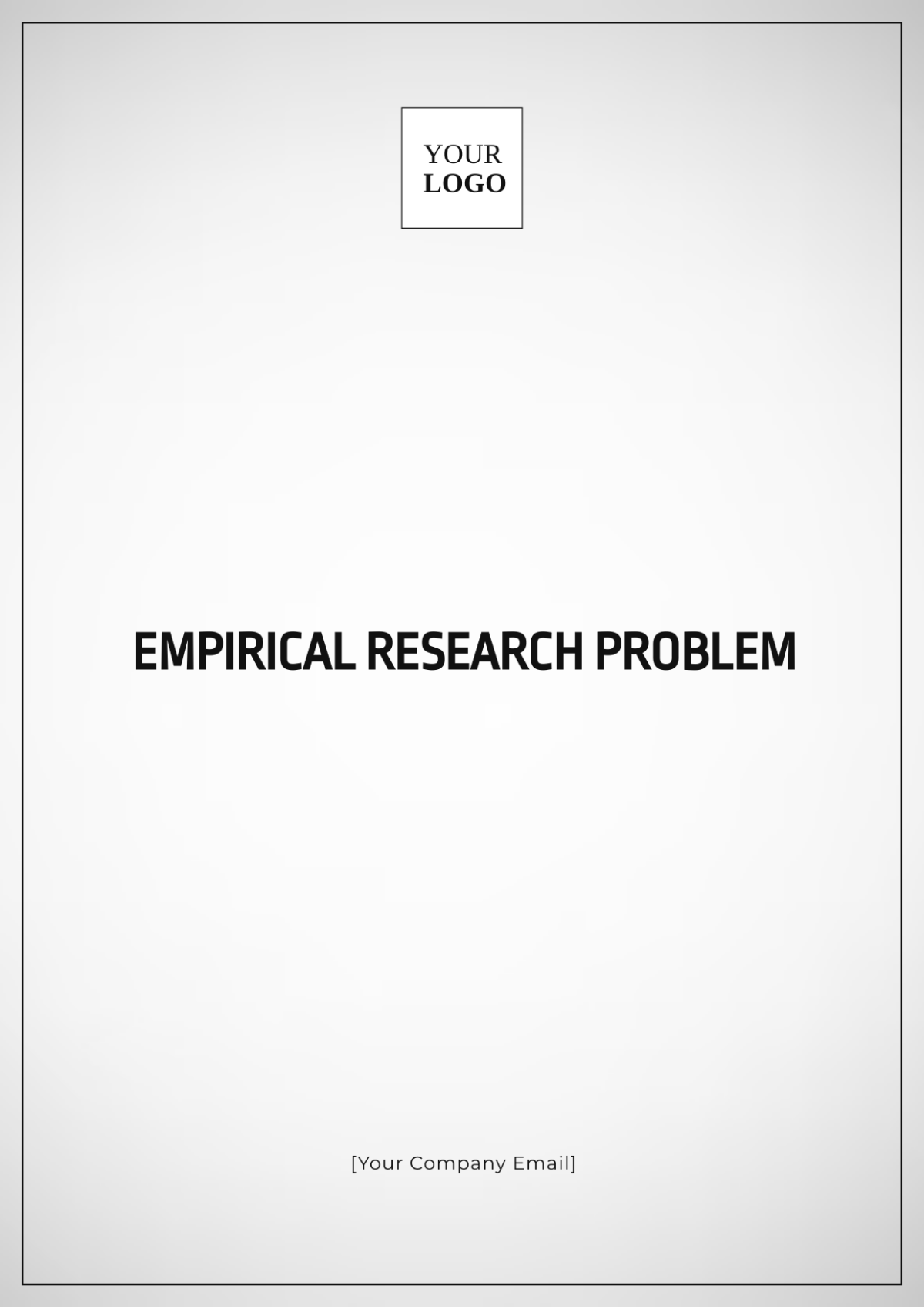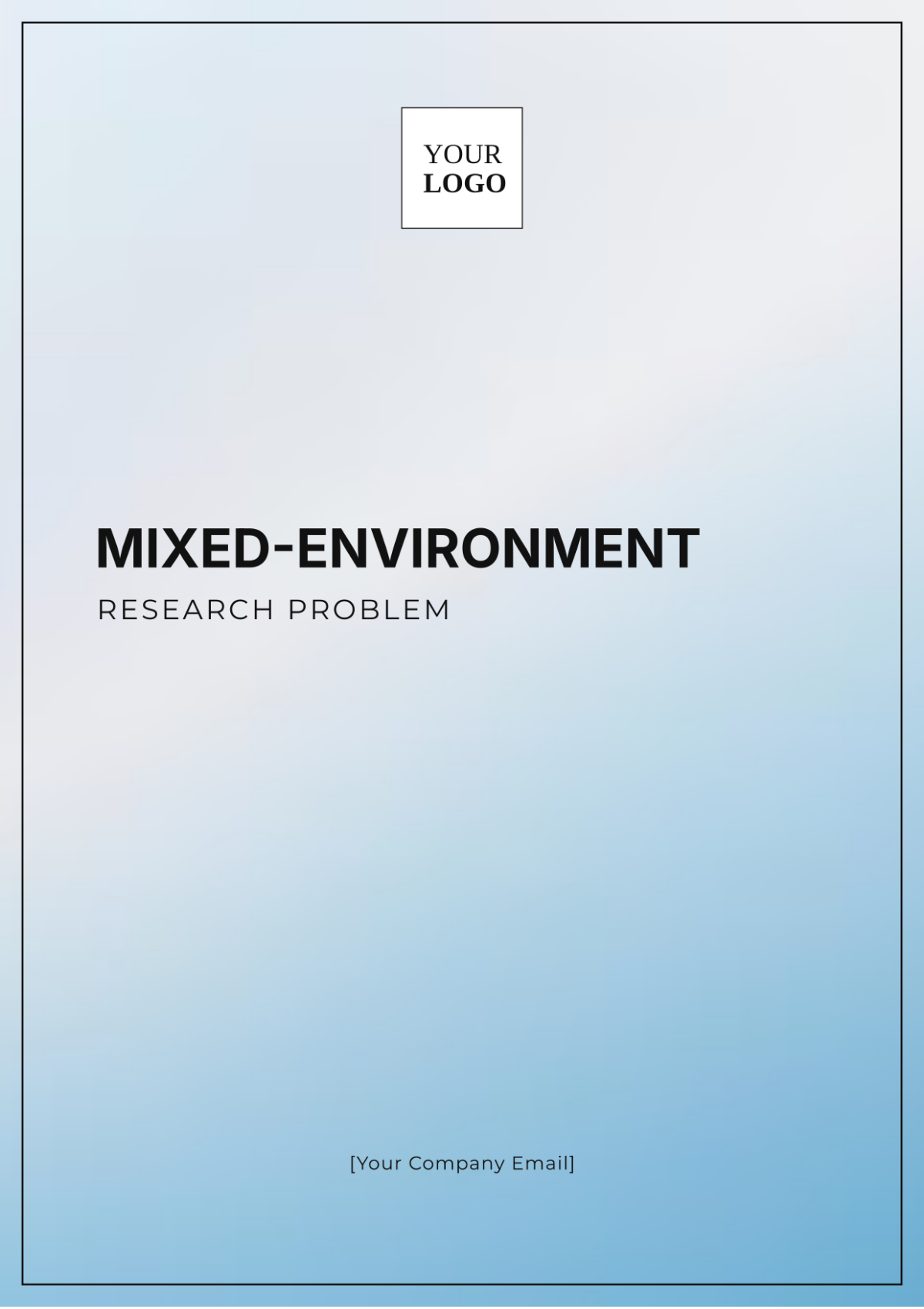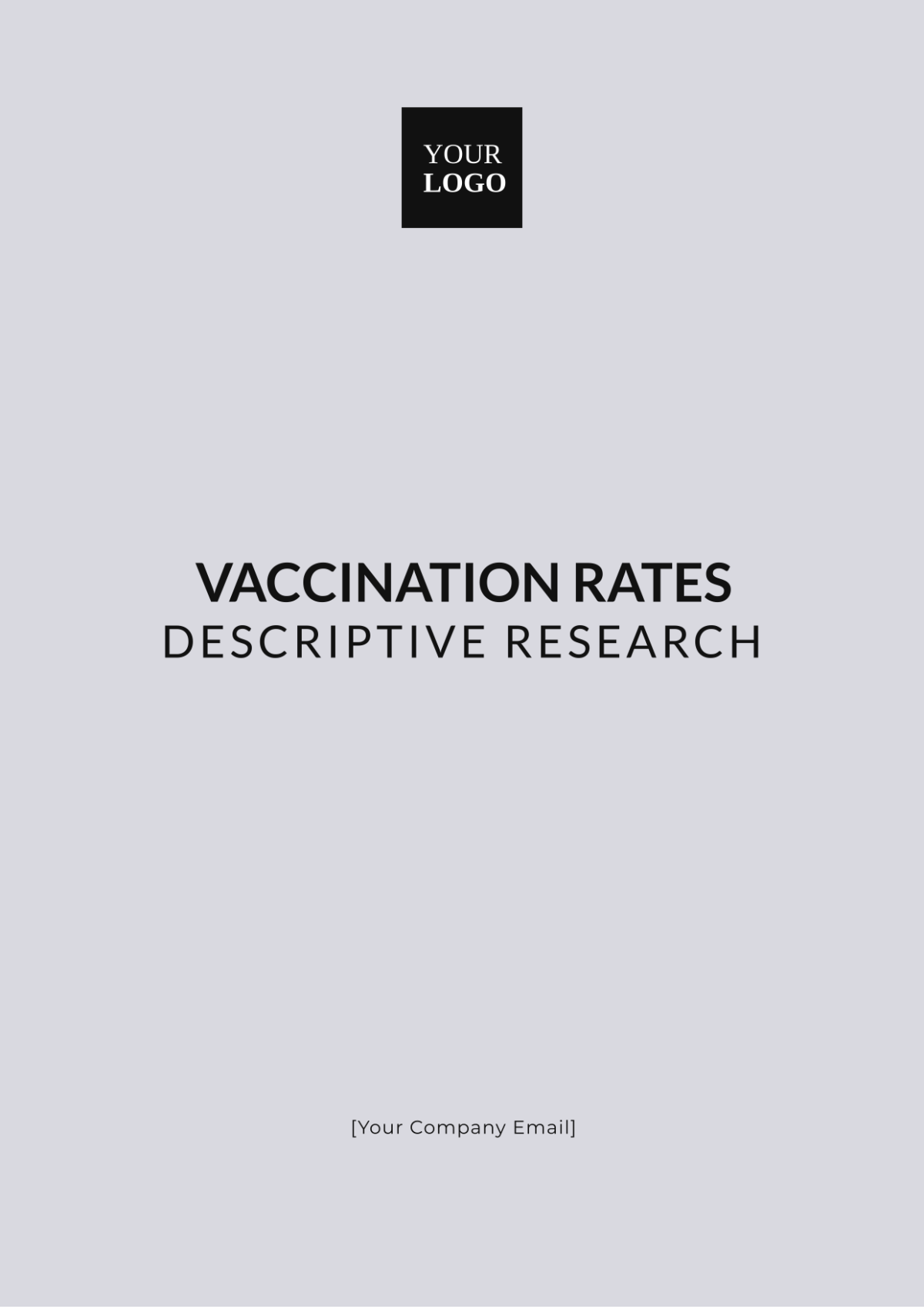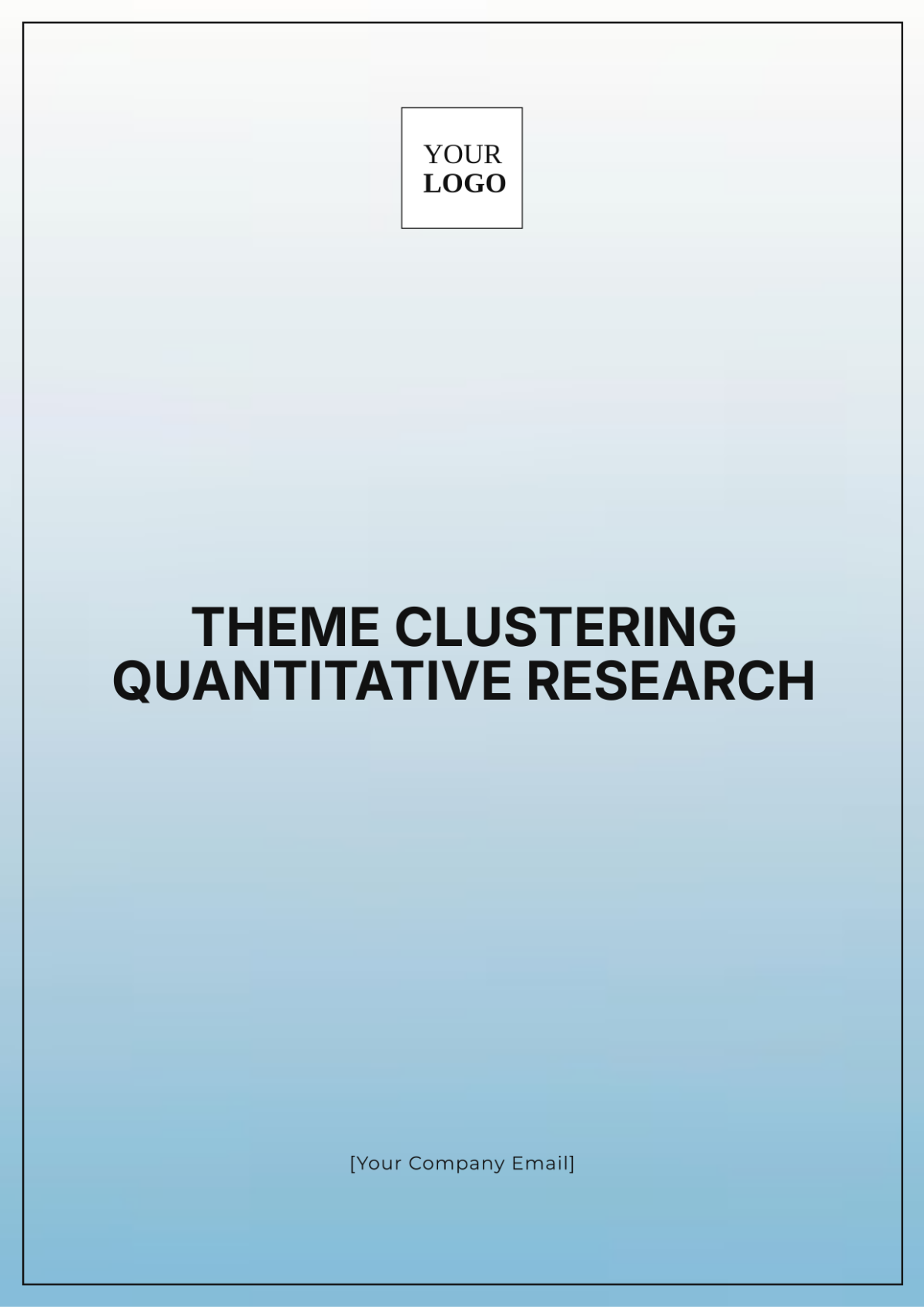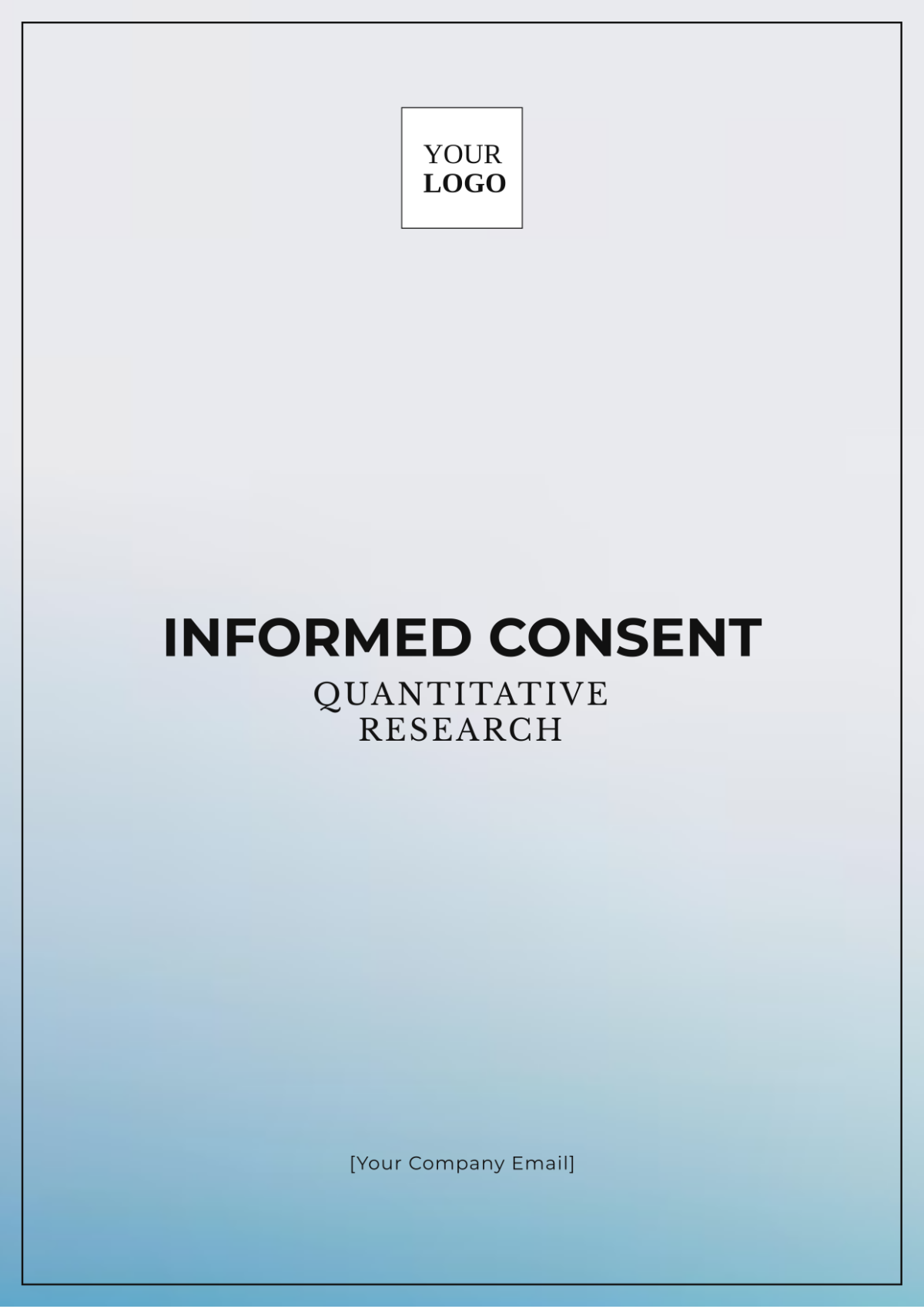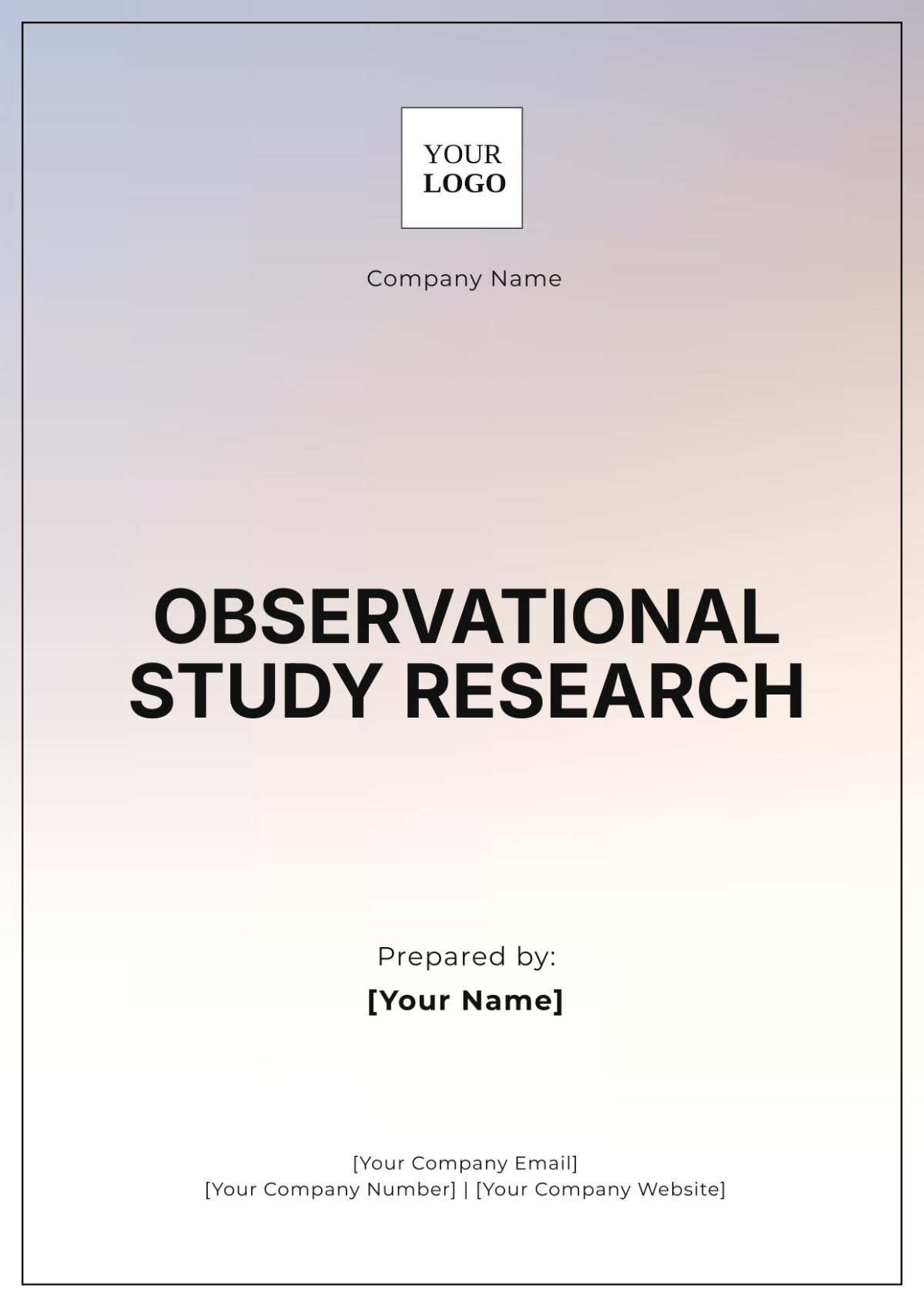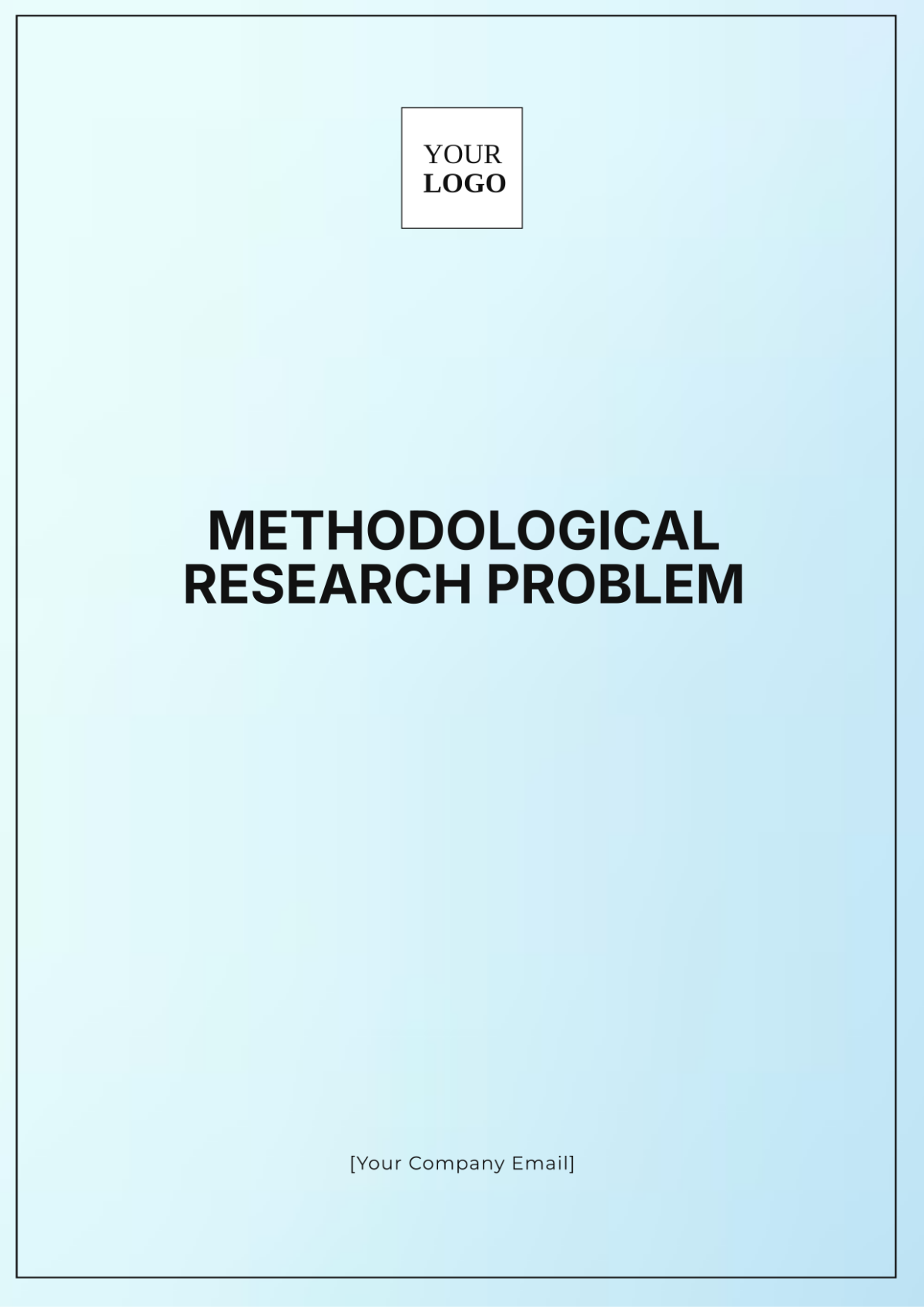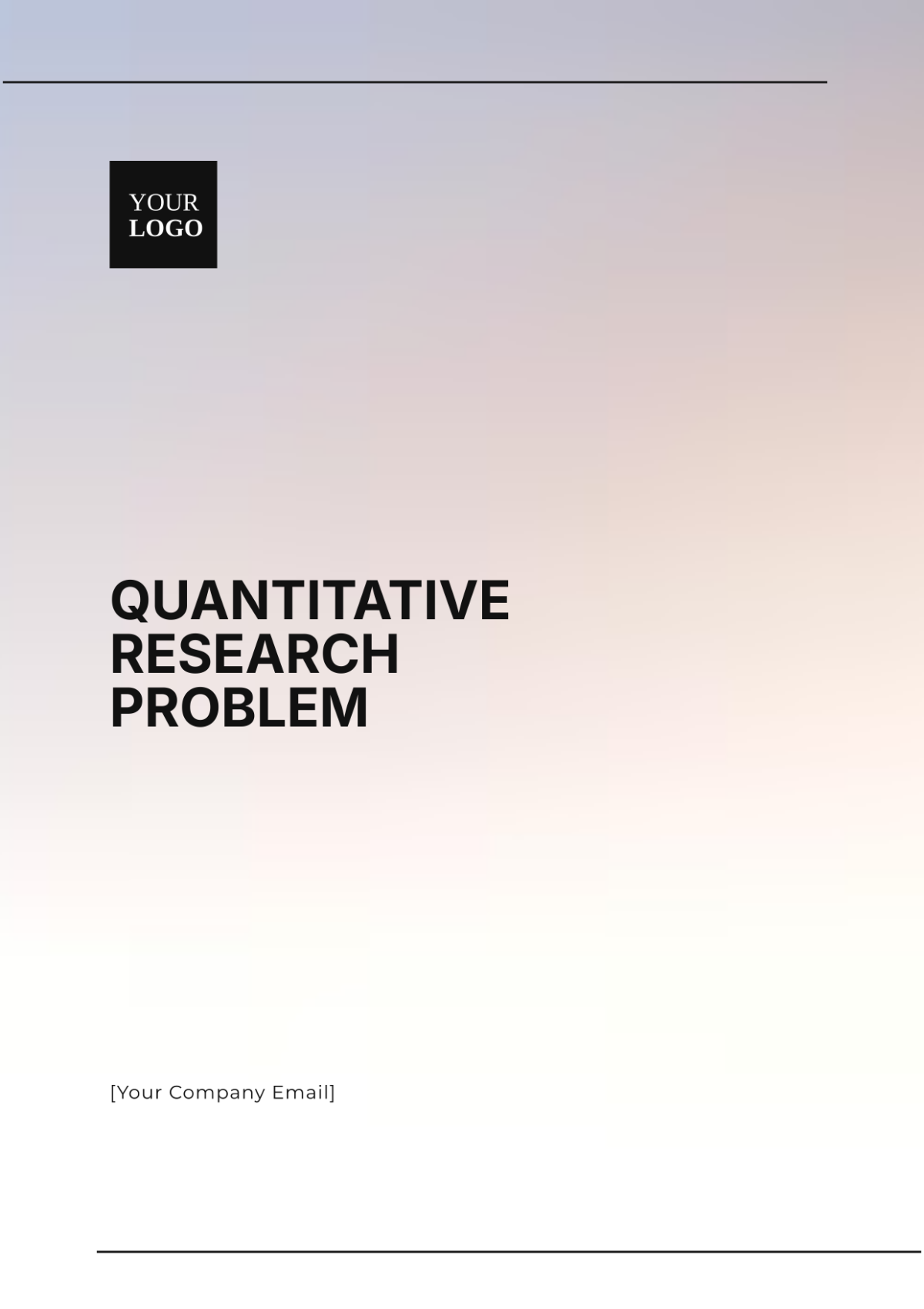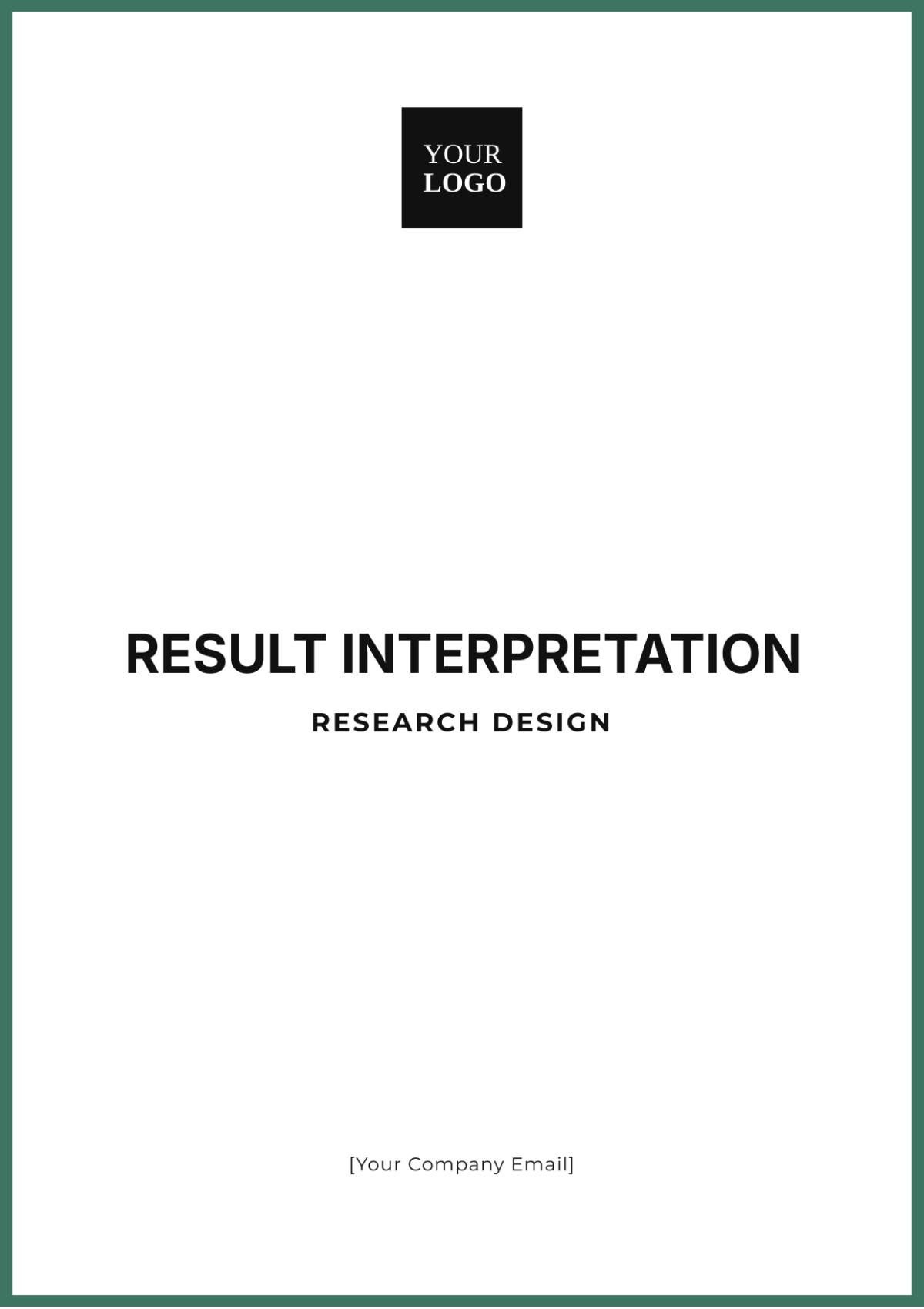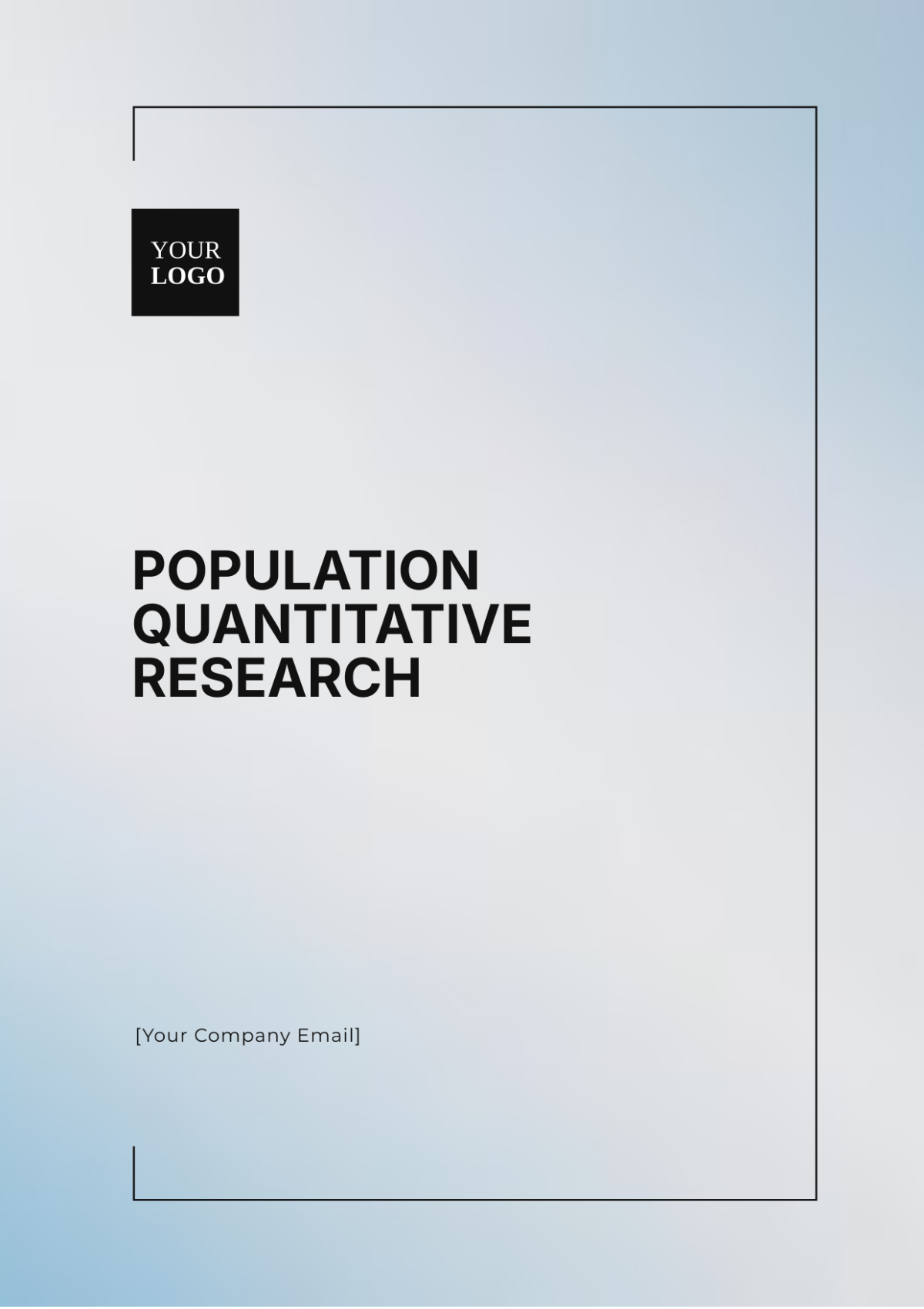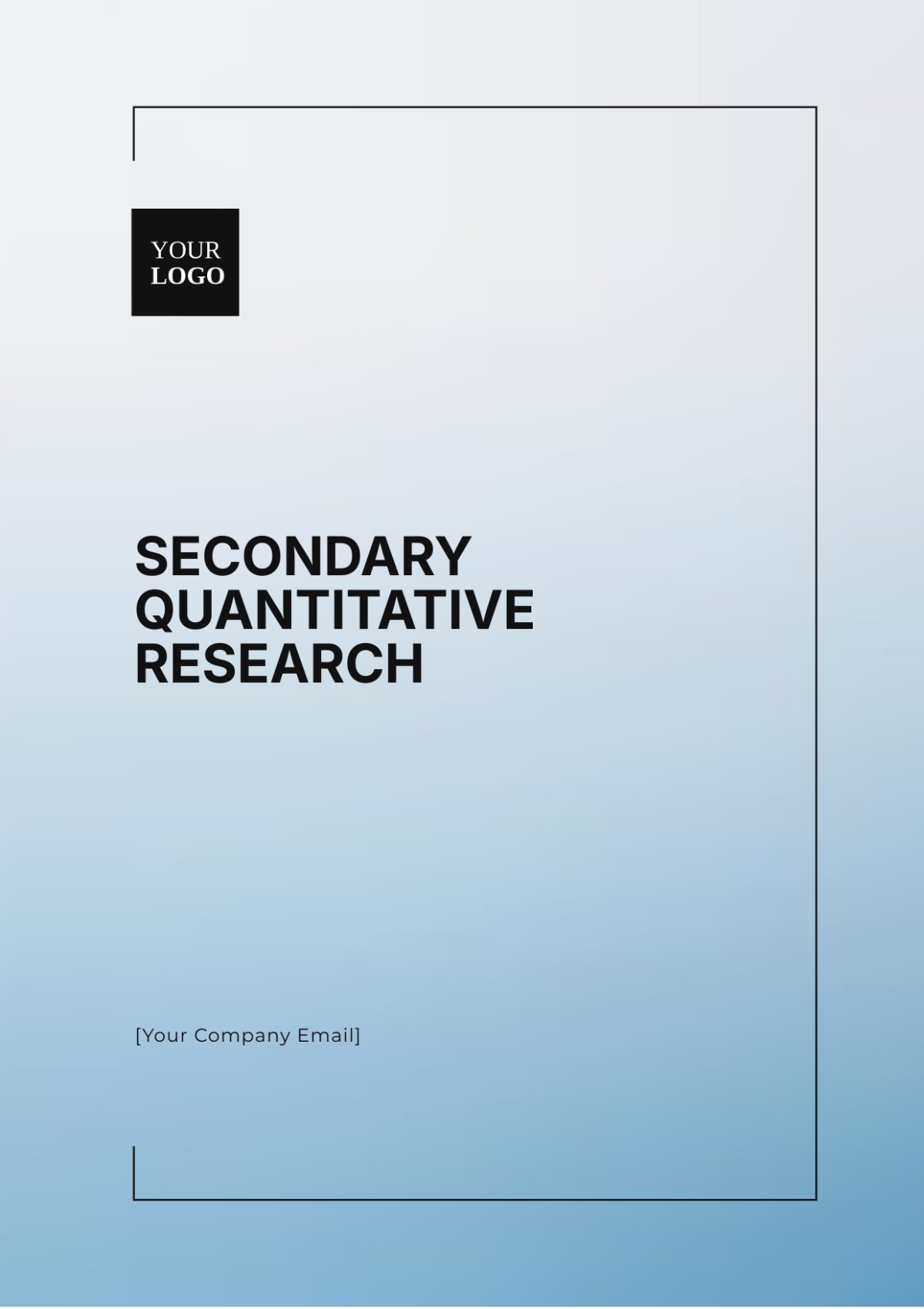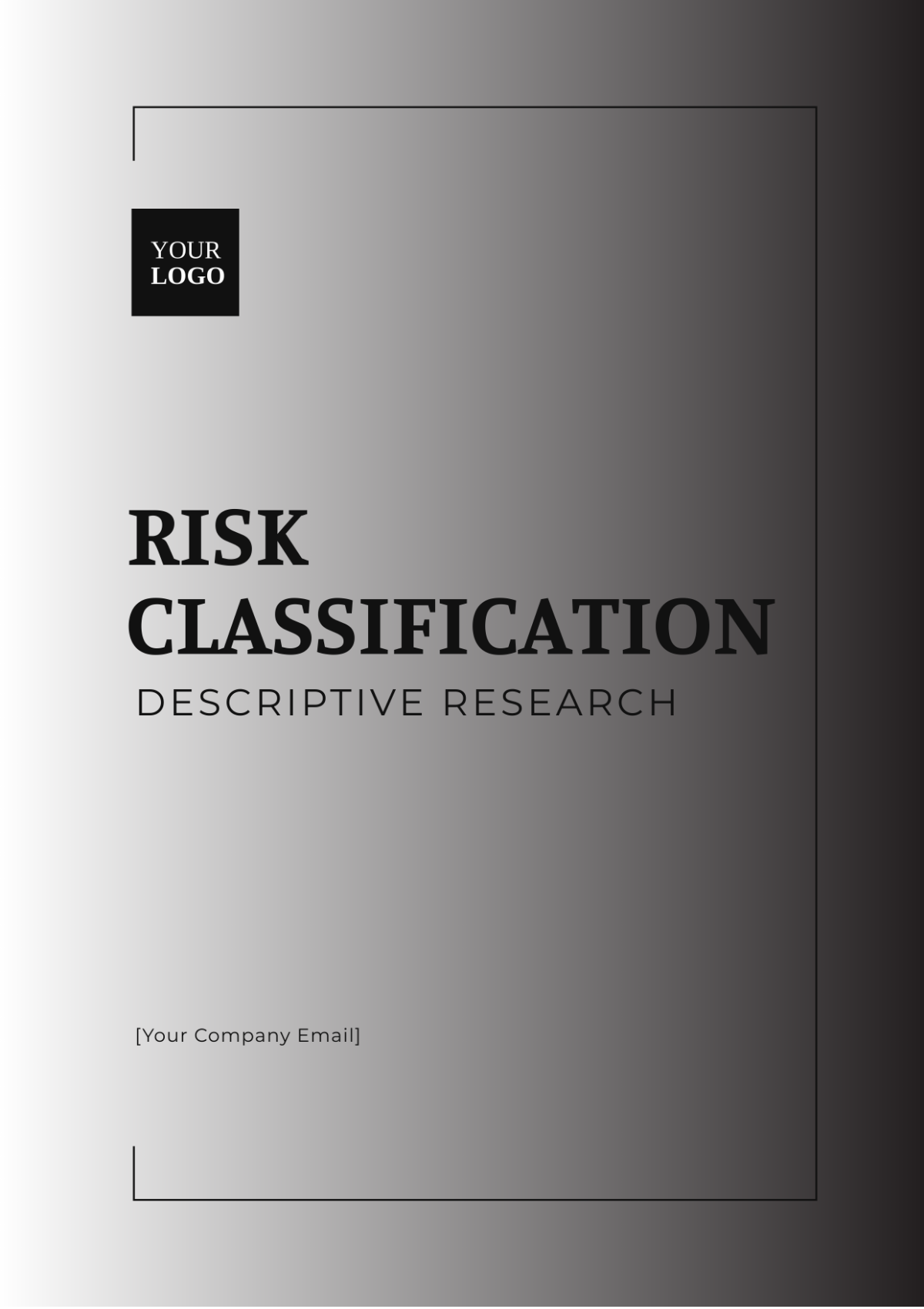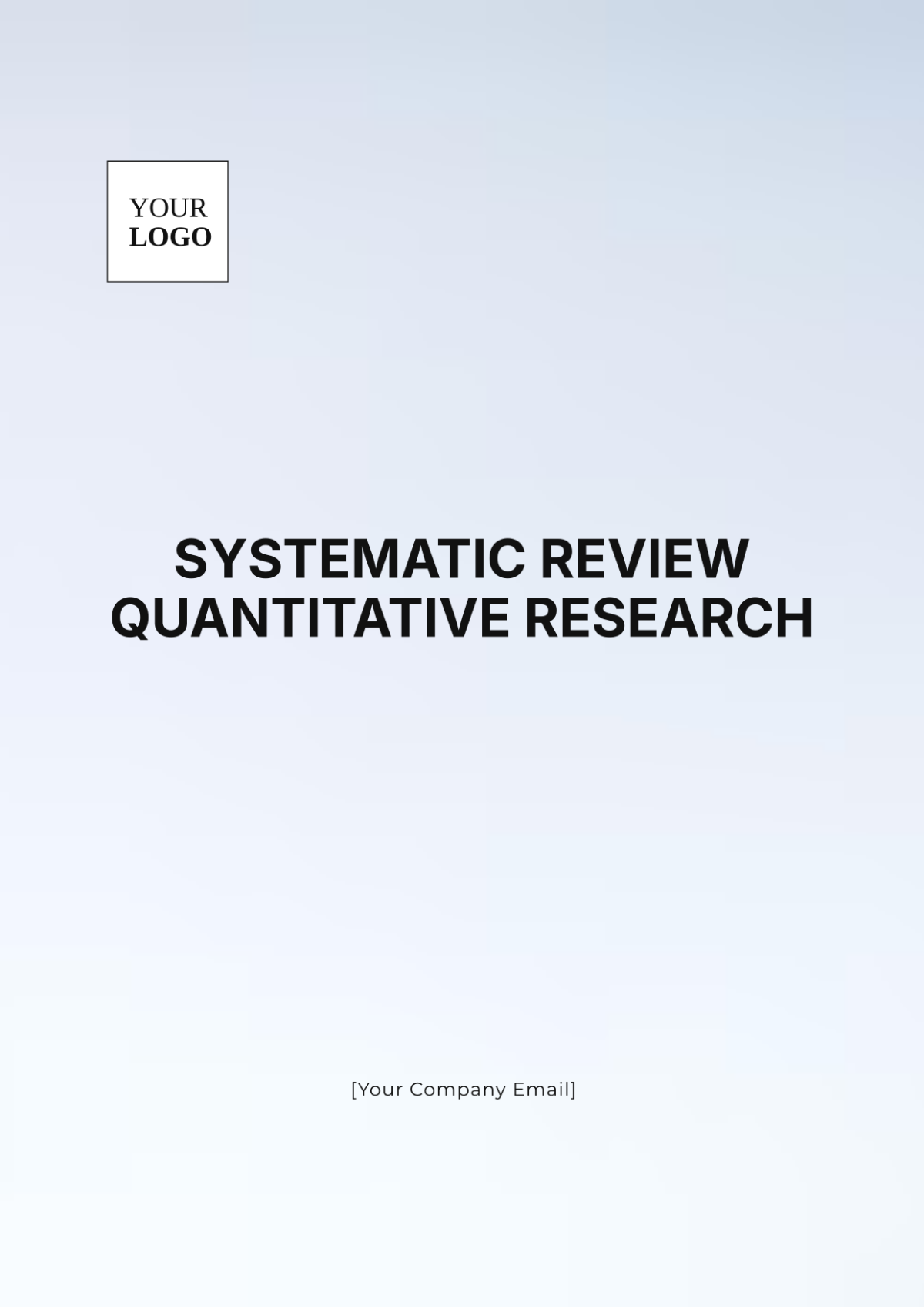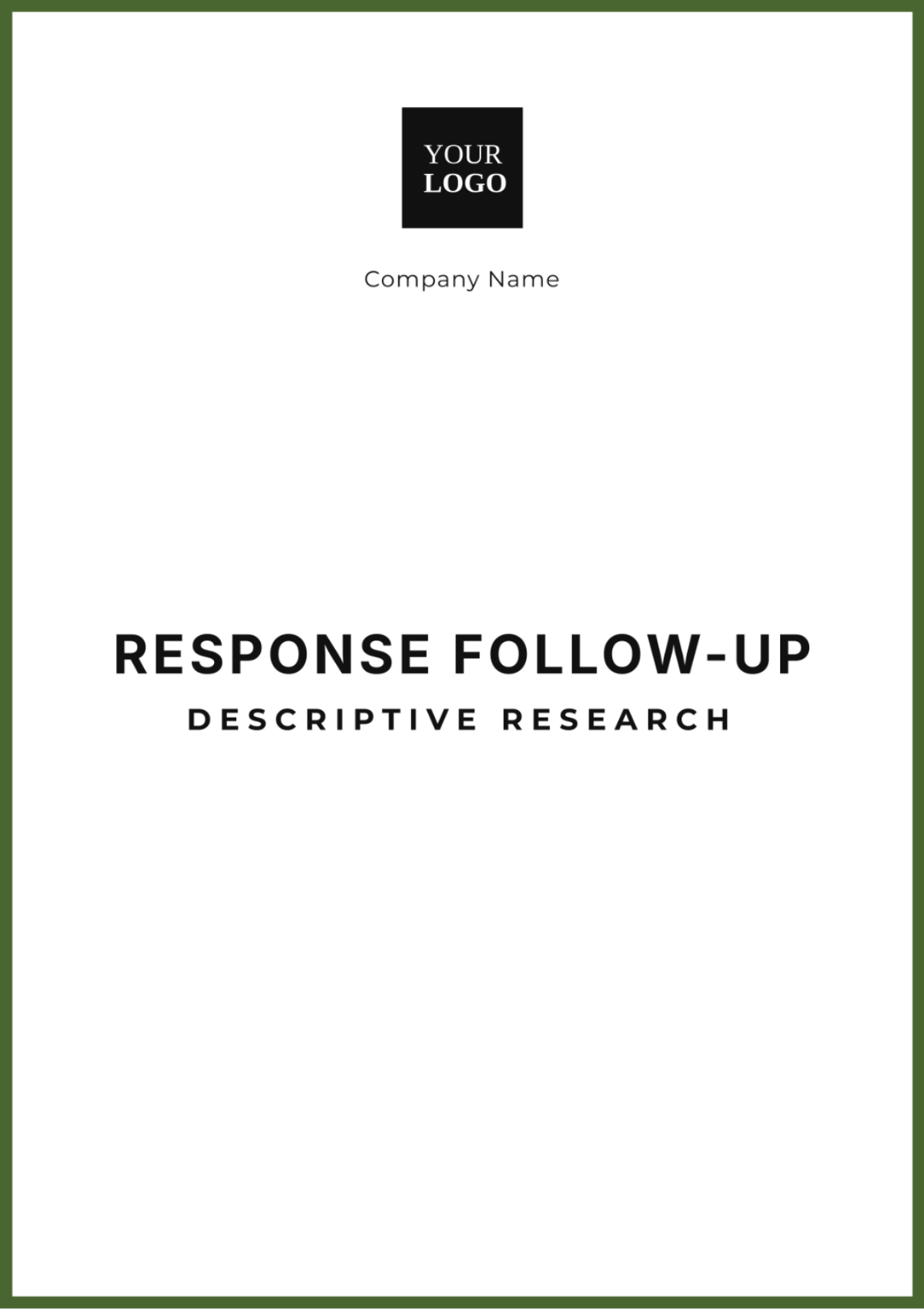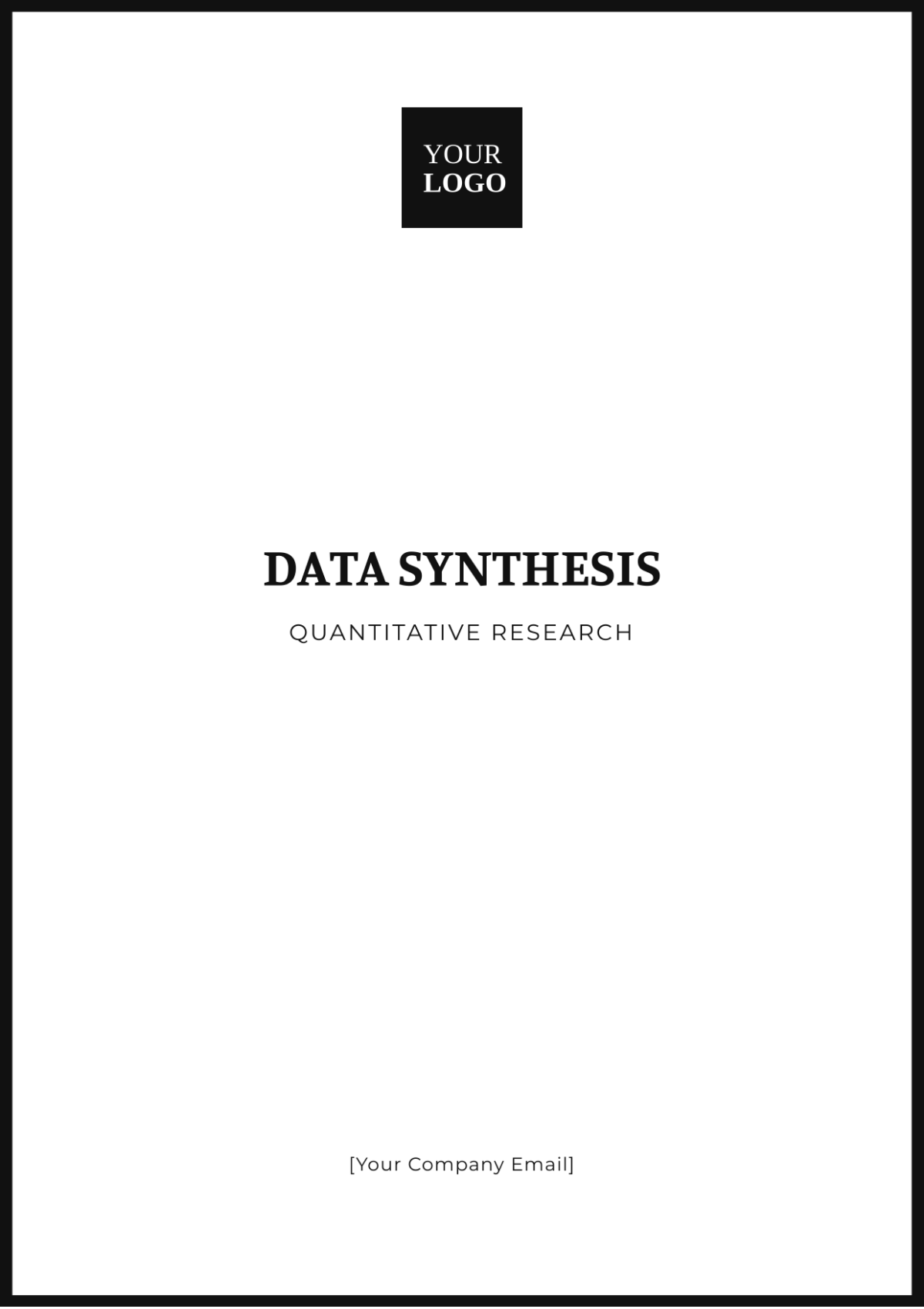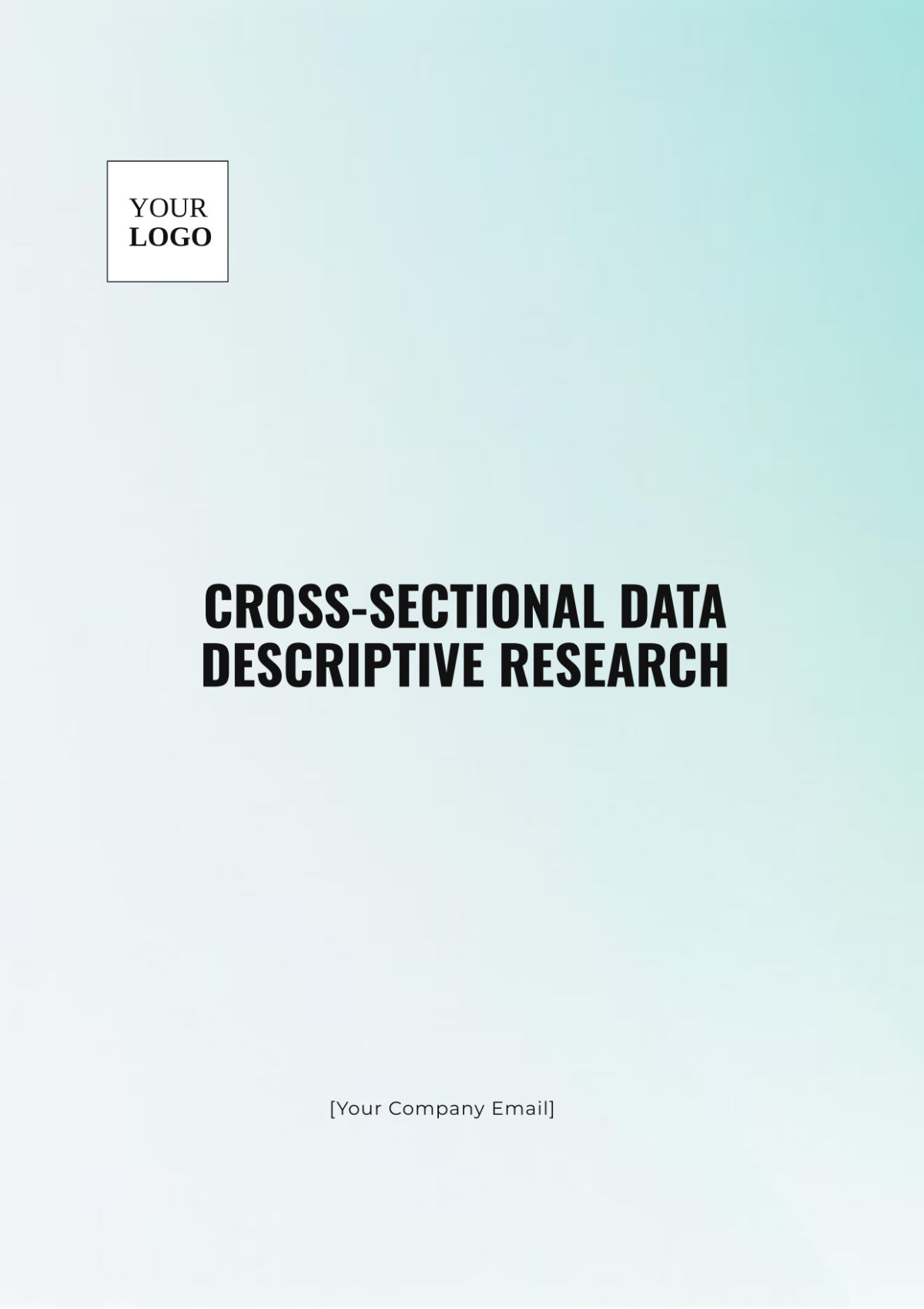Inferential Statistics Quantitative Research
I. Introduction
Inferential statistics is a critical component of quantitative research, enabling researchers to make conclusions about a population based on sample data. This approach involves the use of various statistical methods to estimate population parameters, test hypotheses, and predict future outcomes. This research paper delves into the methodologies, applications, and significance of inferential statistics in quantitative research.
II. Overview of Inferential Statistics
Inferential statistics allows researchers to use data from a sample to conclude a larger population. The primary objectives include:
Estimating population parameters (such as means and variances)
Testing hypotheses
Making predictions about future events or outcomes
III. Key Concepts and Methods
Several key concepts and statistical methods are pivotal in inferential statistics:
A. Sampling Methods
Simple Random Sampling: Every member of the population has an equal chance of being selected.
Stratified Sampling: The population is divided into subgroups (strata), and random samples are taken from each group.
Cluster Sampling: The population is divided into clusters, some of which are randomly selected, and all members of chosen clusters are studied.
B. Estimation
Point Estimation: Provides a single value estimate of a population parameter.
Interval Estimation: Provides a range of values within which a population parameter is expected to lie, accompanied by a confidence level (e.g., 95% confidence interval).
C. Hypothesis Testing
Null Hypothesis (H0): A statement that there is no effect or no difference, serving as the default or starting assumption.
Alternative Hypothesis (H1): A statement that there is an effect or a difference, which is what the research aims to support.
p-Value: The probability of observing the sample data, or something more extreme, if the null hypothesis is true.
Significance Level (α): A threshold for determining whether the p-value indicates a statistically significant result (commonly set at 0.05).
D. Regression Analysis
Regression analysis is used to examine relationships between variables and can be divided into:
Simple Linear Regression: Examines the linear relationship between two variables.
Multiple Regression: Examines the relationship between one dependent variable and multiple independent variables.
IV. Applications of Inferential Statistics
Inferential statistics has diverse applications across various fields:
Healthcare: Estimating the effectiveness of treatments and predicting disease outbreaks.
Education: Evaluating the impact of educational interventions and analyzing student performance data.
Business: Market research, financial forecasting, quality control.
Social Sciences: Testing social theories and evaluating policy impacts.
V. Example of Inferential Statistical Analysis
An example of a t-test for comparing the means of two groups is illustrated below:
Group | Sample Size (n) | Mean (x̄) | Standard Deviation (s) |
|---|---|---|---|
Control | 30 | 50 | 5 |
Treatment | 30 | 55 | 6 |
This table provides the necessary data to perform a t-test and determine if the difference in means is statistically significant.
VI. Conclusion
Inferential statistics is a powerful tool in quantitative research, providing methods to conclude populations based on sample data. By understanding and applying techniques such as sampling, estimation, hypothesis testing, and regression analysis, researchers can make informed decisions and predictions. The applications of these techniques are vast, spanning across multiple disciplines and industries.
VII. References
Field, A. (2050). Discovering statistics using IBM SPSS Statistics (4th ed.). SAGE.
Glen, S. (2050). Inferential Statistics: Definition, Uses. From StatisticsHowTo.com.
Levine, D., Stephan, D., Szabat, K., & Berenson, M. (2050). Statistics for Managers Using Microsoft Excel (9th ed.). Pearson.





